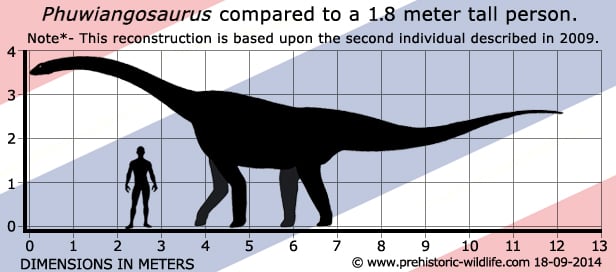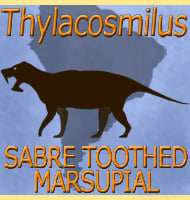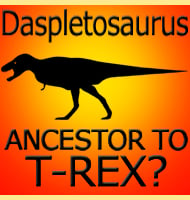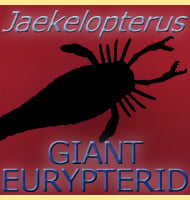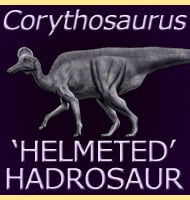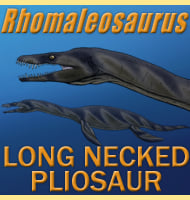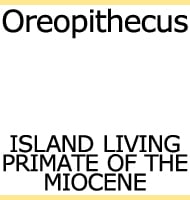In Depth
Phuwiangosaurus was first named as a titanosaurid dinosaur in 1994, and was the first named sauropod dinosaur known to have come from Thailand. The name Phuwiangosaurus translates as ‘Phu Wiang lizard’ and is a reference to the district of Phu Wiang District of Thailand. The species name P. sirindhornae was in honour of Princess Maha Chakri Sirindhorn of Thailand.
The problem with the first specimen of Phuwiangosaurus was that although it was articulated, it only represented about ten per cent of the animal, something that left a lot of questions about Phuwiangosaurus unanswered. However, 2009 saw the publication (Suteethorn et al) of a description of a second specimen of Phuwiangosaurus, and this dramatically improved our understanding of this titanosaurid dinosaur. With most of the vertebral column recovered, even if some vertebrae were only partially preserved, the total length of this second specimen was estimated to be about twelve meters long. Phuwiangosaurus was also confirmed to be similar to Nemegtosaurus from Mongolia, something which has now seen Phuwiangosaurus placed within the Nemegtosauridae family of titanosaurs. Altogether this second specimen had approximately sixty per cent of the total remains preserved, something that marks it as one of the best preserved dinosaurs from Thailand, as well as one of the most complete titanosaurs ever found.
Further Reading
- Jurassic sauropod dinosaurs of Thailand: a preliminary report. In T. Thanasutipitak (ed.). Proceedings of the International Symposium on Biostratigraphy of mainland Southeast Asia. Chiang Mai University. 2: 415-425. - V. Martin, E. Buffetaut & V. Sweethorn - 1993. - A new genus of sauropod dinosaur from the Sao Khua formation (Late Jurassic or early Cretaceous) of northeastern Thailand. - Comptes Rendus de l’ Academie des Science de Paris. 319(2): 1085-1092. - V. Martin, E. Buffetaut & V. Sweethorn - 1994. - Description of the type and referred material of Phuwiangosaurus sirindhornae Martin, Buffetaut and Suteethorn, 1994, a sauropod from the Lower Cretaceous of Thailand. - Oryctos 2: 39-91. - V. Martin, E. Buffetaut & V. Sweethorn - 1999. – A new skeleton of Phuwiangosaurus sirindhornae (Dinosauria, Sauropoda) from NE Thailand - Geological Society, London, Special Publications v. 315; p. 189-215 doi:10.1144/SP315.14. - S. Suteethorn, J. Le Loeuff, E. Buffetaut, V. Suteethorn, C. Talubmook & C. Chonglakmani - 2009.
